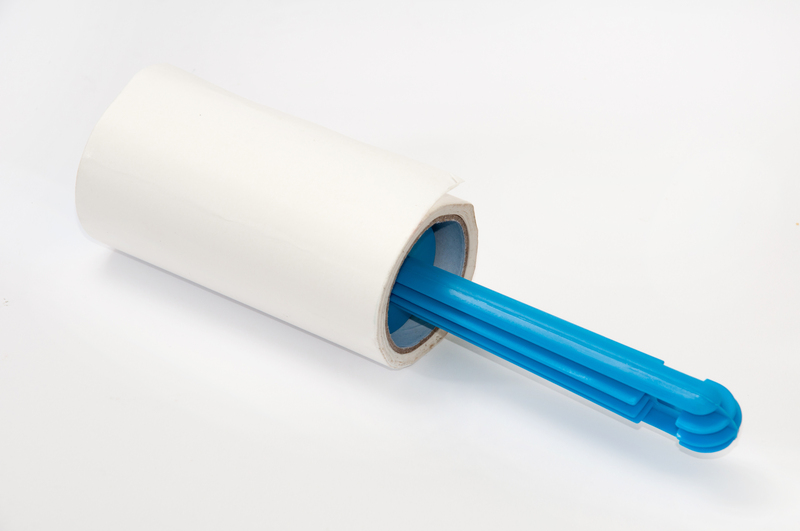Avoiding Window Condensation
Posted on 07/08/2024
Window condensation can be both a nuisance and a sign of underlying moisture problems in your home. In this article, we'll delve into the causes of window condensation, how to prevent it, and the pros and cons of different methods. Additionally, we'll offer practical tips and provide key takeaways to help you maintain a comfortable and healthy indoor environment.
What Causes Window Condensation?
Window condensation occurs when humid air comes into contact with a cold surface, causing the moisture in the air to collect on the window pane. This phenomenon is more common during colder months when the temperature difference between the interior and exterior of your home is more pronounced.
Common causes include:
- High indoor humidity levels
- Poor ventilation
- Cold weather conditions
- Inadequate insulation

Preventing Window Condensation
To effectively avoid window condensation, consider implementing the following measures:
1. Control Indoor Humidity
Maintaining appropriate indoor humidity levels is crucial. Aim for relative humidity between 30% and 50%. You can use a hygrometer to monitor humidity levels. If the air is too humid, consider using a dehumidifier.
2. Improve Ventilation
Proper ventilation helps disperse moisture-laden air. Use exhaust fans in bathrooms, kitchens, and laundry rooms. Additionally, regularly open windows to allow fresh air to circulate.
3. Upgrade Windows
Consider upgrading to double-glazed or triple-glazed windows. These windows have better insulating properties, reducing the likelihood of condensation forming. Ensure window seals are intact and not damaged.
4. Utilize Weatherproofing Techniques
Seal gaps and cracks around windows with caulk or weatherstripping to prevent drafts and improve insulation. This helps maintain a more consistent indoor temperature.
5. Maintain a Consistent Indoor Temperature
Avoid rapid temperature fluctuations by maintaining a stable indoor climate. Use curtains or blinds to insulate windows during cold weather.
6. Use Window Insulation Film
Applying window insulation film can add an extra layer of protection against condensation. This film is easy to install and can be a cost-effective solution.
Pros and Cons of Different Methods
1. Controlling Indoor Humidity
- Pros: Effective, long-term solution; improves overall air quality
- Cons: Requires investment in a dehumidifier or HVAC system adjustments
2. Improving Ventilation
- Pros: Reduces moisture buildup; inexpensive
- Cons: Requires consistent effort; may lead to higher energy bills
3. Upgrading Windows
- Pros: High efficiency; long-term solution
- Cons: High initial cost
4. Weatherproofing
- Pros: Improves overall home insulation; relatively inexpensive
- Cons: Requires regular maintenance
5. Maintaining Indoor Temperature
- Pros: Consistent comfort; reduces condensation
- Cons: May increase heating costs
6. Window Insulation Film
- Pros: Easy to install; cost-effective
- Cons: Temporary solution
Tips for Homeowners
- Regularly check and clean window seals to ensure they are in good condition.
- Invest in a hygrometer to keep an eye on indoor humidity levels.
- Use exhaust fans during and after activities that generate moisture like cooking and showering.
- Consider houseplants that can naturally absorb moisture from the air.

Key Takeaways
To effectively prevent window condensation, balance indoor humidity, improve ventilation, and ensure your windows and home are properly insulated. While some solutions may require a higher initial cost, they can provide long-term benefits and improve your overall comfort and air quality.
Conclusion
Window condensation can be managed and minimized through a combination of controlling indoor humidity, enhancing ventilation, upgrading windows, and maintaining consistent indoor temperatures. By taking proactive steps, you can create a healthier living environment while protecting your home's structure and your health. Implement the tips and techniques discussed to enjoy clear, condensation-free windows year-round.







